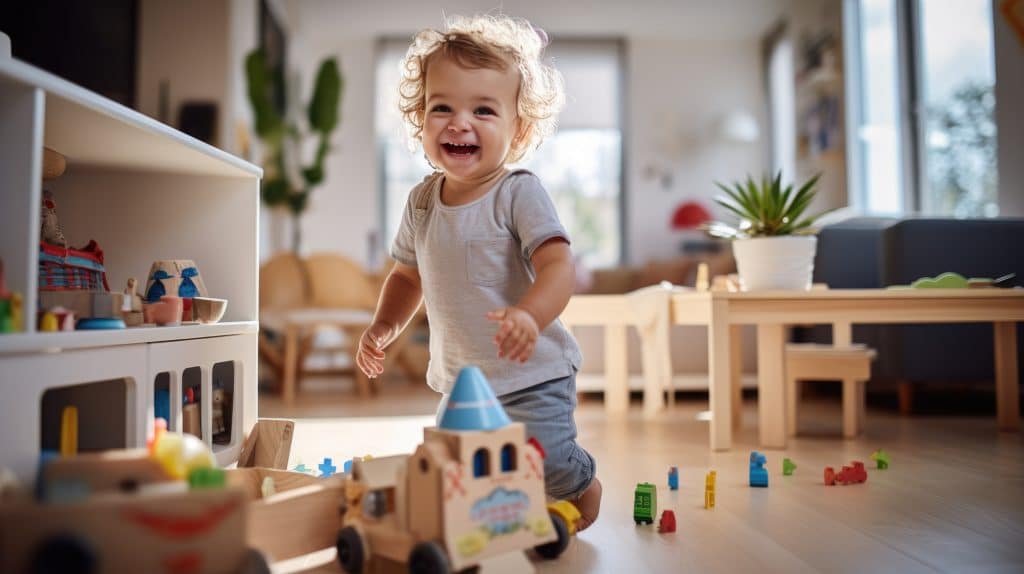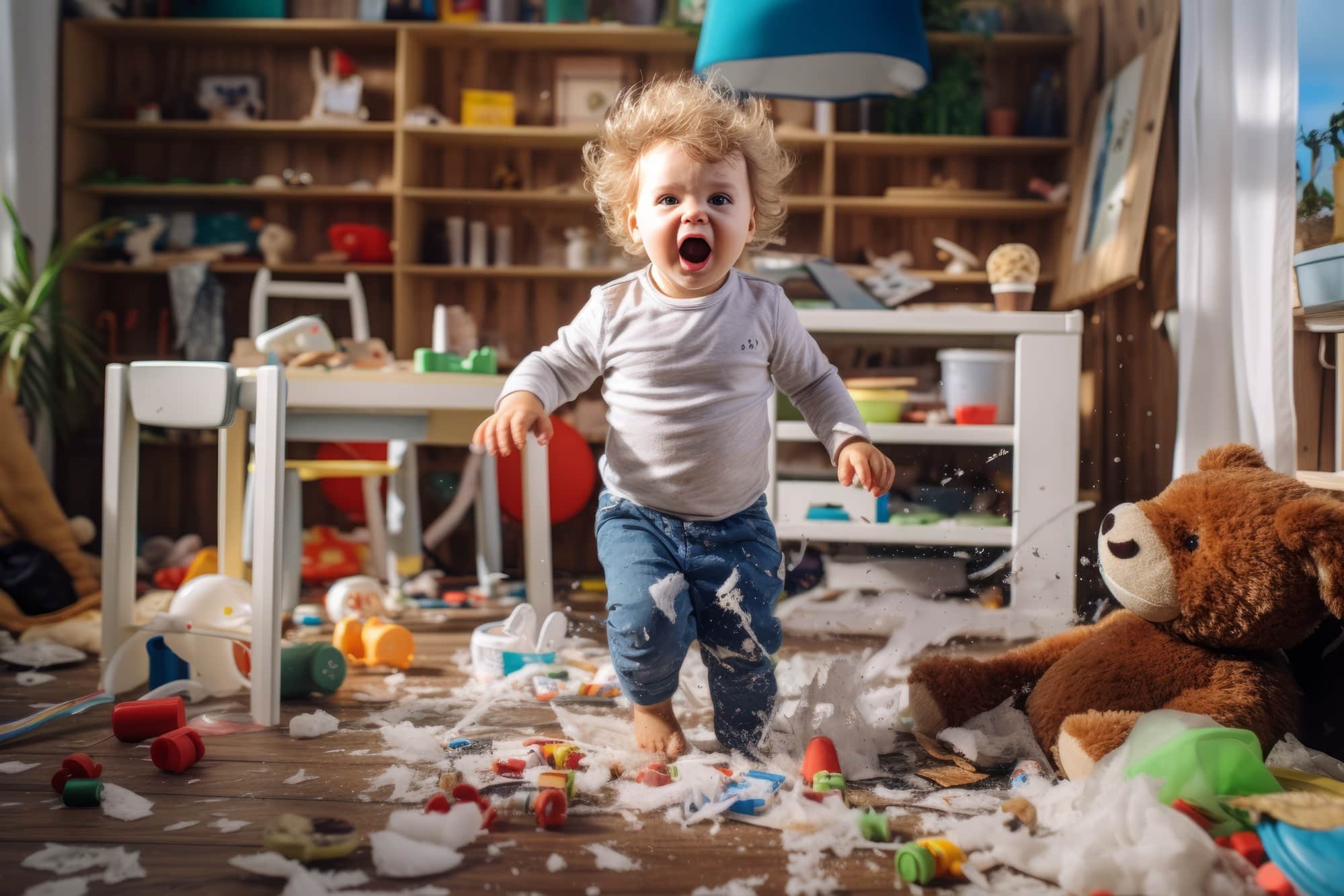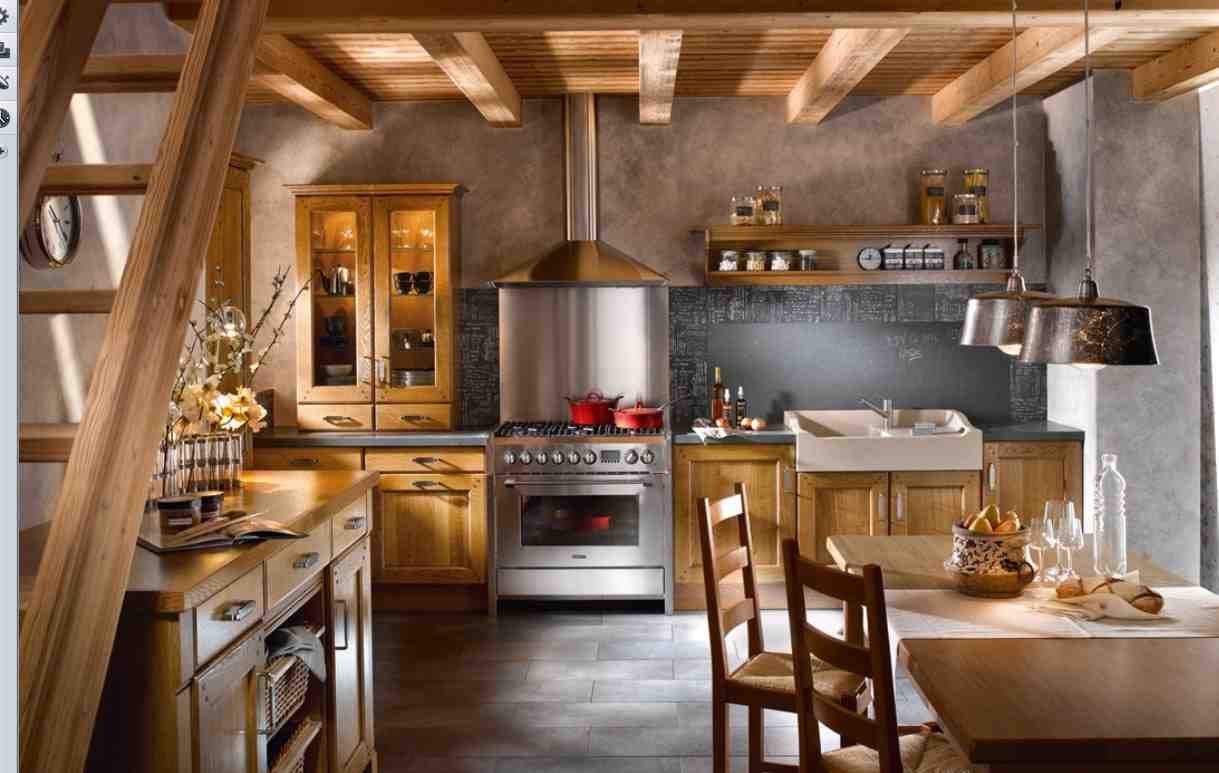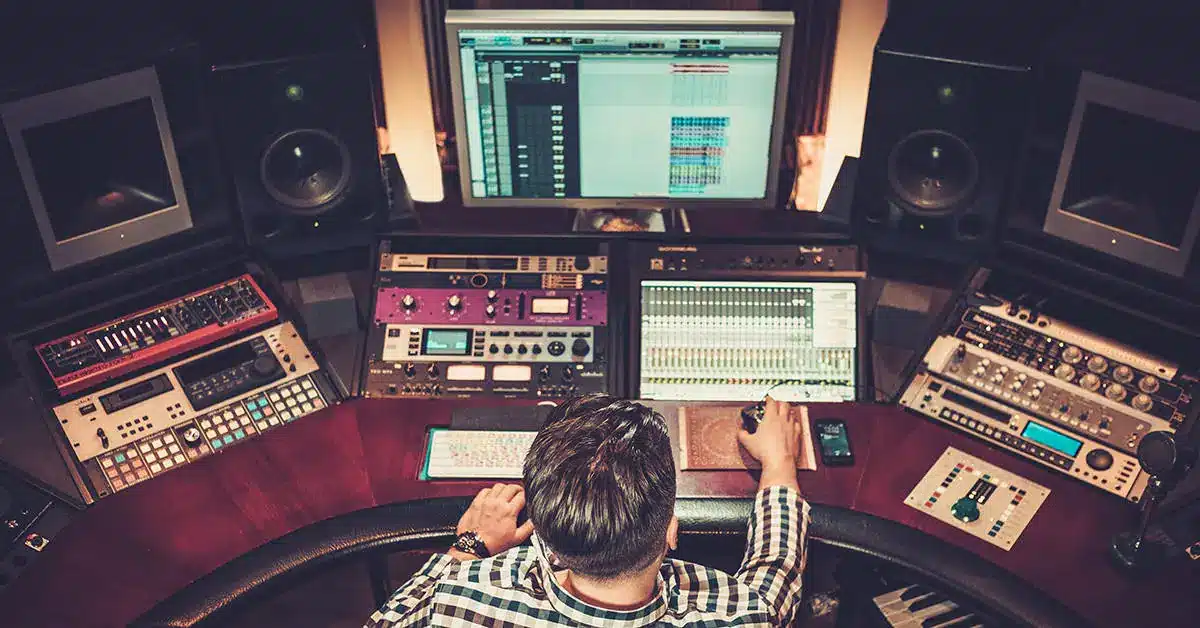Saving Space In Kids’ Rooms: Fun And Functional Furniture Ideas
You’ve been there. You open the door, and it’s chaos. Toys litter the floor. Clothes aren’t where they belong. Books seem like they’ve been thrown rather than read. It’s a child’s room, but at this moment, it feels more like a battleground.
Now, think about your primary goal as a parent. You want to keep this room neat. At the same time, ensuring your child has ample space is vital. They need to play, explore, and grow. These aren’t just any rooms; they’re spaces where imagination takes flight and where dreams come alive.
But here’s the good news. You don’t have to choose between fun and functionality. In this article, you’ll uncover furniture ideas that save space. And yes, they’re as enjoyable for kids as they are practical for you. So, dive into these solutions and transform that cluttered space.
1. The Dual-Purpose Magic: Furniture That Serves Two Functions

You’re after solutions that work double-time. Furniture that’s both fun and functional can be your game-changer. With a smart choice, you can kill two birds with one stone.
- Bed With Drawers
Think about the space under the bed. It’s often wasted. Why not maximize it? Beds with built-in drawers offer storage for toys, clothes, or even bedding. They’re handy, and they look good.
- Foldable Desks
Kids love activities. But a permanent desk can eat up space. The solution might be foldable desks. They’re there when you need them, gone when you don’t. This means more room for play or even dance.
- Ottoman With Storage
Ottomans aren’t just for feet. Some come with storage space inside. So, while your child sits, their toys can be out of sight inside.
In essence, dual-purpose furniture can redefine how you use space. It’s efficient and, believe it or not, can be lots of fun too.
2. Vertical Solutions: Making Use Of Wall Space
Consider your walls. They’re not just dividers; they’re potential storage havens. By looking up, you unlock space solutions you hadn’t thought of. One standout option is murphy wall beds. Sleek and practical, they fold away when not in use, creating ample space during the day.
- Floating Shelves
Shelves aren’t just for books. Floating shelves let you display toys or art supplies. Plus, they add a touch of style.
- Wall-Mounted Desks
Think about the room’s footprint. A wall-mounted desk gives your child a study spot without hogging floor space. It’s the best of both worlds.
- Hanging Baskets
These aren’t just decorative. They’re functional, too. Use them to organize toys, stash clothes, or even handle laundry.
Here’s the bottom line. By going vertical, you’re making clever use of every square inch. It’s a fresh approach that delivers results while keeping the room lively.
3. Nesting And Folding Wonders: Furniture That Can Be Tucked Away
Space is at a premium in a child’s room. That’s where furniture that folds or nests comes in. These pieces are lifesavers, transforming spaces in seconds.
- Nesting Tables
Imagine having multiple tables but needing the space for just one. Nesting tables offer this. They’re versatile for activities and stack neatly when you’re done.
- Foldable Chairs
Kids often have friends over. Extra seating is a must, but storage can be a headache. Foldable chairs solve this. After play, fold and store. Simple.
- Stackable Storage Bins
Toys can really accumulate. Stackable bins are your answer. They organize efficiently and stack high, maximizing space.
Here’s the takeaway. Furniture that tucks away reimagines what’s possible in limited spaces. It’s about thinking smart and choosing wisely. The result is a room that breathes.
4. Fun-Filled Corners: Multi-Functional Play Areas
Kids crave adventure. Their room should be a sanctuary of play, dreams, and rest. Merging play areas with functional spaces is your next step.
- Loft Beds with Play Areas Below
Have you ever thought about going vertical with sleep? Loft beds do just that. They leave room below for a play nook, reading corner, or even a mini art studio.
- Tent Beds
Sleeping under a tent is every child’s dream. Tent beds bring that camping vibe indoors. The bonus is that they have storage below for those toys and treasures.
- Wall-Mounted Activity Centers
Floor space is gold. Wall-mounted activity centers swap out clunky floor toys, keeping playtime off the ground.
In wrapping up this section, it’s clear. By blending fun and function, you gift your child a unique space. It’s about maximizing joy while minimizing clutter.
5. Thinking Outside The Room: External Storage Solutions
Sometimes, the answer lies outside the box—or room, in this case. External storage can be the unsung hero of a clutter-free child’s space.
- Closet Organizers
Clothes have a way of spilling out. With closet organizers, you streamline. Clothes, shoes, and accessories find their place, freeing up more room space.
- Under-The-Bed Storage Boxes
That space under the bed isn’t just for monsters. With the right boxes, it’s prime real estate for items you don’t use daily.
- Over-The-Door Hangers
Doors are also noteworthy storage opportunities. Over-the-door hangers handle accessories, bags, even shoes. No floor. No shelf. No problem.
Wrapping up, don’t limit your vision to just the room. By leveraging external storage, you embrace solutions that make a tangible difference. It’s about seeing—and using—every nook and cranny.
Conclusion
A child’s room isn’t just four walls. It’s a canvas for imagination, growth, and memories. A well-organized space not only fosters creativity but also brings peace to parental minds. When toys have a home and clutter is under control, it sets the stage for focused play and restful nights.
Remember, it’s more than just storage. By weaving fun into functionality, you give kids a nudge. They become more engaged and more responsible. They see that every item has a place, and that’s empowering.
As time flies, kids change. Their room should, too. Continuously evaluate furniture and storage. Adapt. Grow. And here’s a tip: involve them. When kids take part in organizing, they understand better. They own the process. And together, you create a space that truly feels like home.






